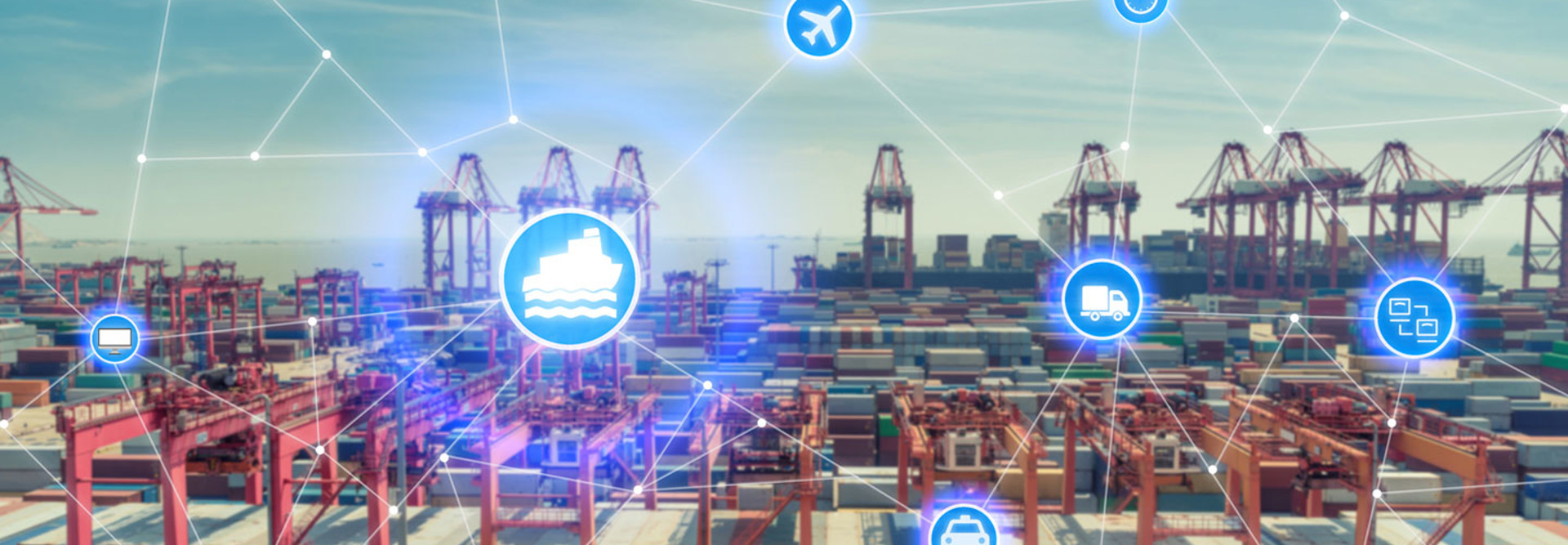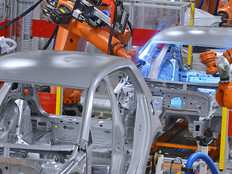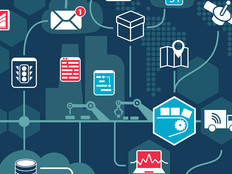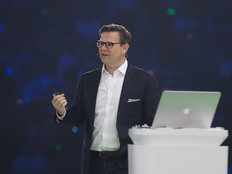Internet of Things Data Will Revolutionize Business
Some of the most popular consumer uses of the Internet of Things — activity trackers and heart rate monitors — have focused on the collection of data, and that’s increasingly the case for business applications too, according to Steen Graham, general manager of IoT ecosystem and channels at Intel.
Graham spoke about “Accelerating Deployments of IoT Solutions” at a CDW Summit in Las Vegas on Tuesday. The focus of the event was “Modernizing IT Infrastructure for Digital Transformation.”
IoT’s potential impact is no less significant than the revolutions driven by coal power in the 1760s and electricity in the 1870s, Graham said, and data will play a major part.
“We’re embedding computing technology and communication technology into the fabric of everything we do — every industry, every vertical — and that’s driving massive transformation,” he said.
Every Industry Is Ripe for IoT Disruption
A primary characteristic of this new era, Graham said, will be the continued disruption of established industries as digital transformation assumes more importance in business strategy.
The theme of disruption ran throughout the summit, with several speakers noting that no industry should consider itself immune from the threat of change. Michael Koons, vice president for worldwide systems engineering at Cisco Systems, pointed out that a decade ago, taxi drivers didn’t foresee the disruption to their industry that technology-enabled ride-sharing services Lyft and Uber have created.
“Disruption can happen anywhere,” said Koons, who presented a session on “Overcoming the Challenge of Transformation: Operating Today While Inventing the Future.”
Other features likely to accompany this large-scale change, according to Graham, will include the replacement of knowledge workers by cognitive robotics and a demographic shift in which millennials become the majority in the workforce. Data will also see a shift, he said, with IoT-driven sensor data overtaking social media data in terms of quantity, as connected trains, factories, health care tools and other systems generate massive amounts of data.
If social media created the zettabyte era, Graham said, then IoT will spawn the era of the yottabyte (a trillion terabytes). And all that data creates a new business opportunity, he said: “There’s a tremendous opportunity to learn how to monetize this data.”
Get Ready for Data Monetization
Monetization may be the goal, but making that happen is not without challenges, Graham said. Among other reasons, the IoT is a complex, fragmented landscape, and solutions and standards are still varied and dynamic.
Abbie Lundberg, president of Lundberg Media and the Summit moderator, said it is common for organizations to encounter roadblocks in both process and infrastructure as they start to incorporate IoT solutions.
“There are a lot of things that have to get resolved before you can go ahead with an IoT implementation,” she noted.
A big one is ensuring that such projects don’t create security vulnerabilities, a point that Koons also made.
“Security is the No. 1 issue we’re going to have to address and have to get right,” Koons said.
Start Small with Proof-of-Concept Deployments
As the IoT starts to mature, Intel and other vendors are developing solutions to make deployments faster and easier for businesses, such as platforms and solution aggregators. For many organizations, Graham noted, the best place to start is a small, proof-of-concept deployment that can collect data just to demonstrate that the initiative works.
“It will give you the early proof points you need to justify implementing IoT in your business,” he said.
For most organizations, the biggest driver of IoT adoptions will be a problem that can be solved by data obtained through connected devices. In manufacturing, for example, one of the top IoT use cases is predictive maintenance. By using data to predict when a piece of equipment is likely to fail, a business can fix or replace it proactively to avoid costly downtime. According to Graham, aerospace company Pratt & Whitney achieved $63 million in annual savings for a single airline customer using an IoT predictive maintenance solution.
Graham also demonstrated how digital signage can incorporate IoT capabilities: for example, facial recognition can determine whether a viewer is male or female so that a digital sign can adjust its marketing message accordingly.
Ultimately, he said, the best driver for IoT is, “What’s the problem you’re trying to solve in your organization?”









